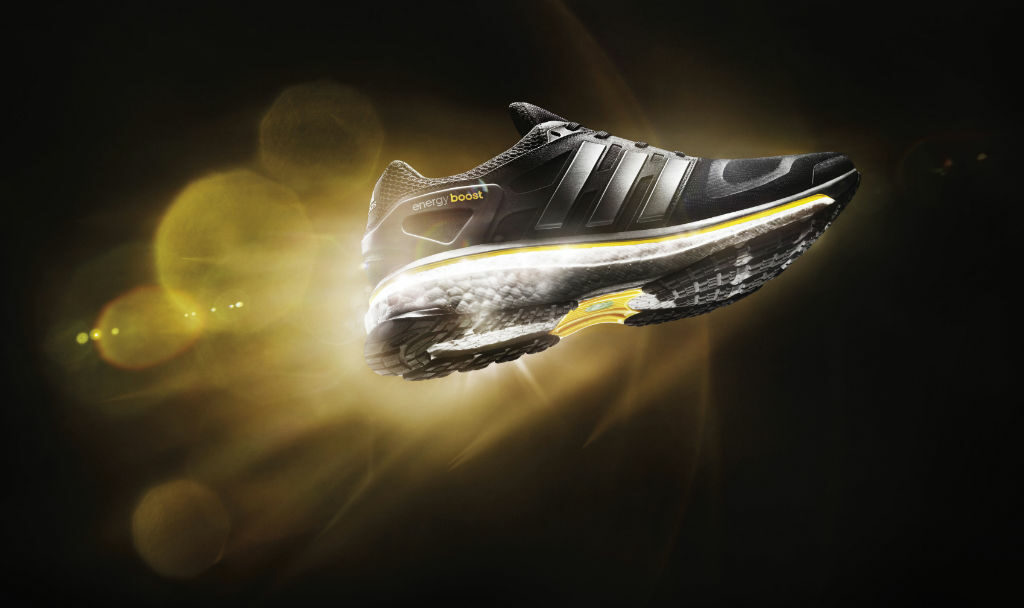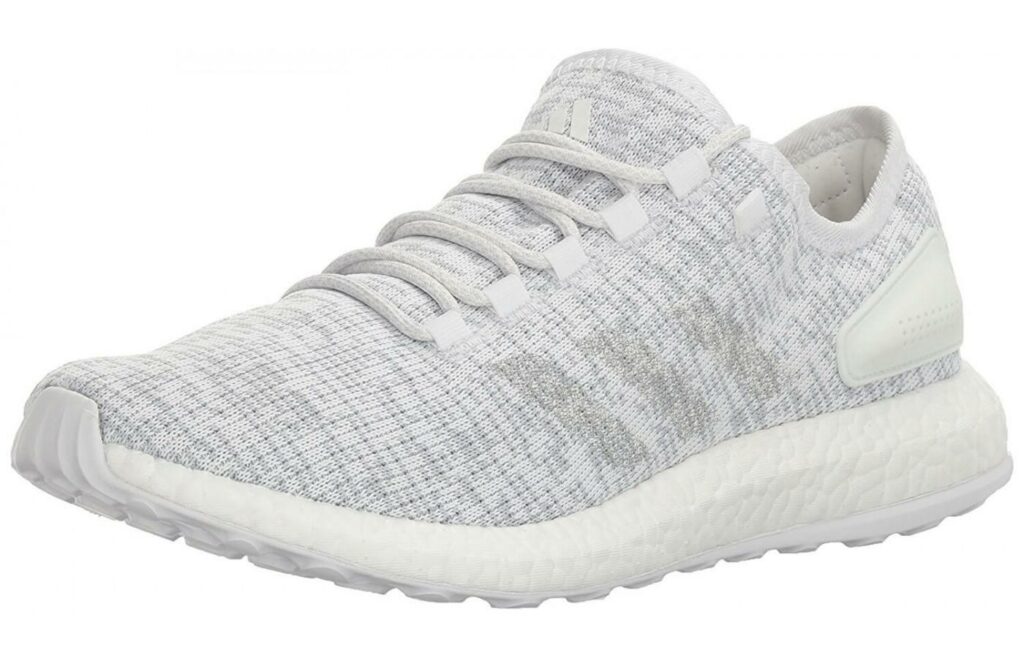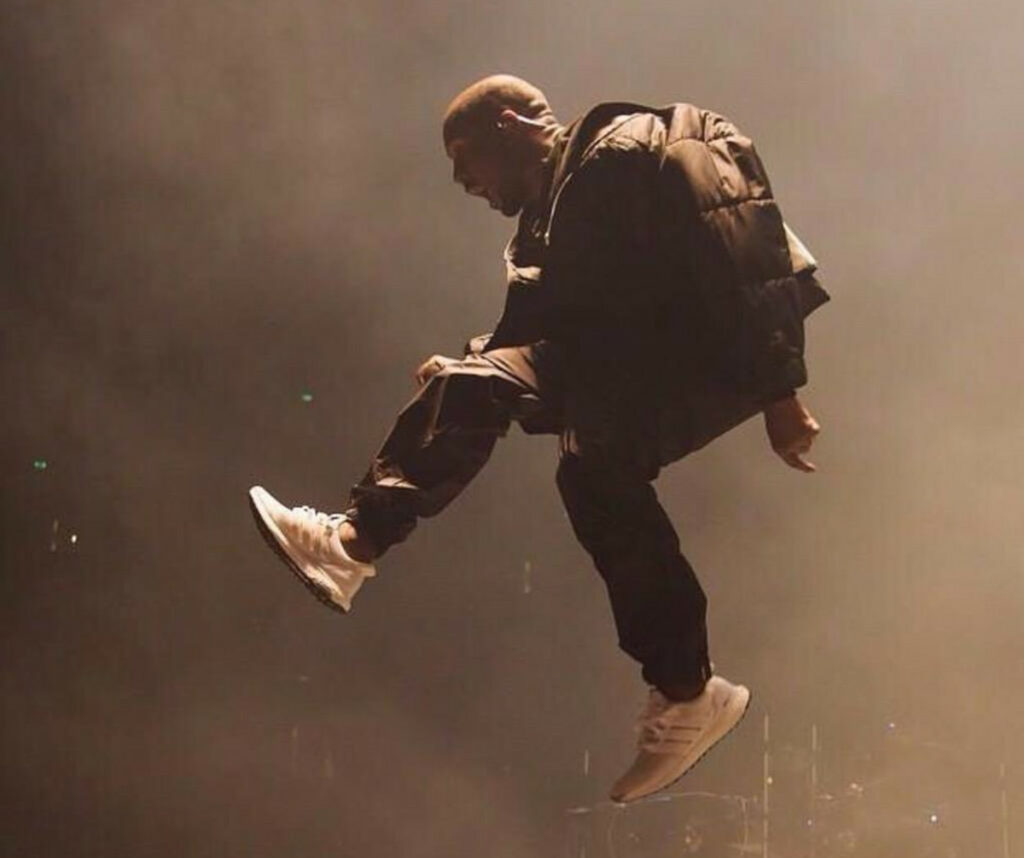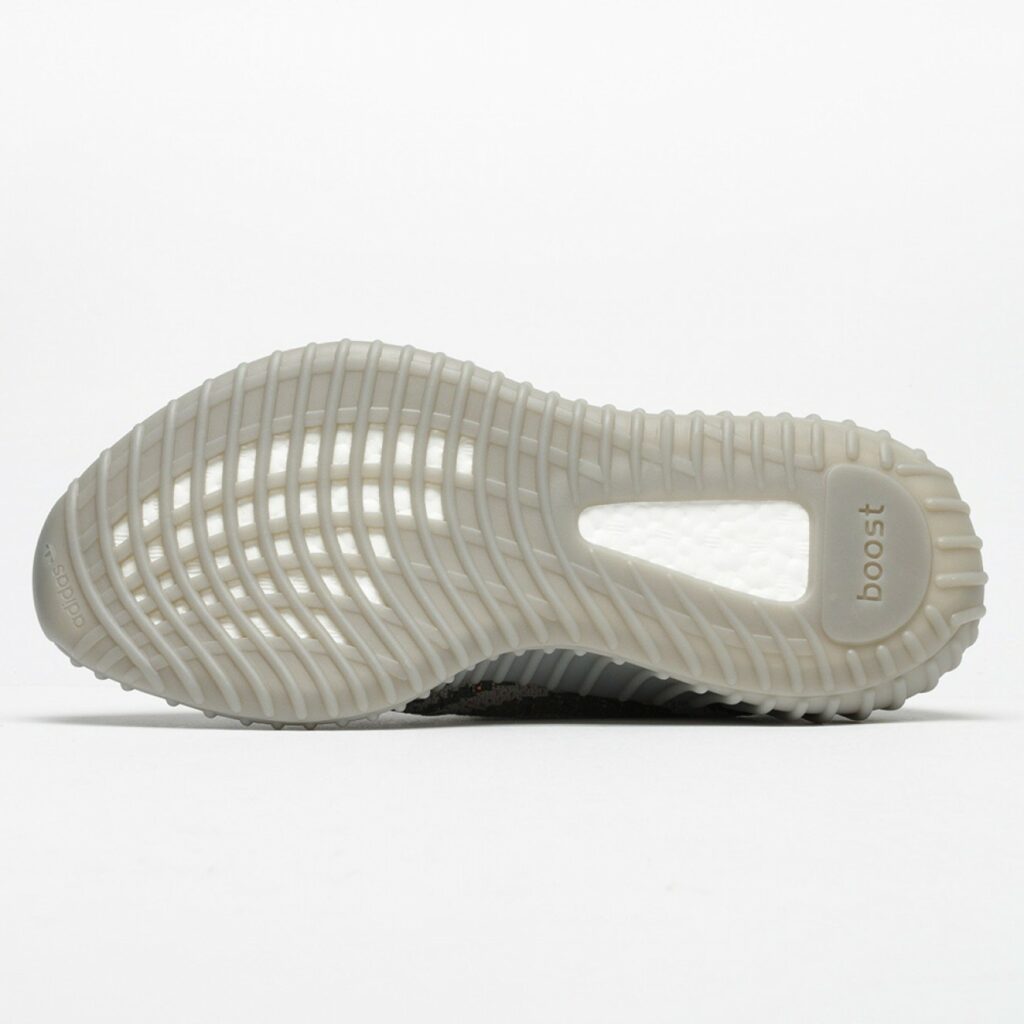Footwear fashion
Making an idea stick in any sector of the fashion industry, whether that be high fashion, classic menswear or the ever-growing world of contemporary streetwear is a complicated thing to do, and the notion that it is all cyclical is one that has been almost universally agreed upon throughout its history. It is seen as nearly inevitable that the best concepts and ideas are recycled, revisited, and generally repurposed over time, and this is even truer when talking specifically in a footwear context. The simple explanation for this is that brands are often reluctant to challenge established trends, through fear of falling behind a competitor. With every decision, there is a weighing up process of the risk, and the reward and although playing it safe is generally considered the done thing, when a brand is brave enough to attempt something new, often they fail to stick in the memory, but on the odd occasion, they revolutionise the industry forever.
BASF “Energy Capsules”
Nike changed the game in 1987 by introducing to the world their visible air unit and the founding members of the Air Max family, which led to an unparalleled period of dominance through the 1990s and early 2000s. Which saw all of Nike’s competitors essentially playing catch up in this period scrambling to attempt to re-address the balance or even sway it in their favour. It was not until 2013 that a real rival to the Air bubble emerged, and it was Adidas who answered the call and began to challenge the near quarter-century of Nike dominance. The technology in question was one that wasn’t in fact initially developed by the Three Stripes themselves, but instead by BASF, the worlds largest chemical producer. To make a long story short, what began as small white beads that the company called “energy capsules” was quickly appropriated into a footwear context, with the individual beads being fused together using steam to create larger-scale “energy return” units or soles in layman’s terms. Ultimately leading to the BASF product outperforming the industry-standard EVA foam that had long dominated performance running shoes and grabbing the attention of Adidas.

Energy Boost
Air Max was already embedded deep within footwear culture with roots in almost every aspect of the industry, from pure lifestyle to performance designs and the vast array of crossover models that sat in between. What I don’t think was overtly apparent at the time was precisely how devastatingly the pendulum was about to swing in favour of Nike’s most significant rival Adidas. By 2012 Adidas had signed an exclusive licensing agreement with BASF to produce midsoles using the technology and began working on prototypes which would evolve into the Energy Boost and help to usher in a new dawn for footwear technology. The Energy Boost although in 2019 isn’t the most prominent exponent of the midsole it is undoubtedly vital in telling its story. Debuting in 2013 it immediately began to make in-roads into the industry, but it did not topple the Air Max Empire overnight, oh no. In fact for a year or so its impact was gradual, with Nike still very much sitting pretty.

Pure Boost
2013s Energy Boost was unquestionably a running shoe, but it was the next application of the technology, 2014s Pure Boost that would open Pandoras Box to the real scope of the influence the technology could have in a broader context within the industry. The Pure Boost was, like the Energy Boost before it, a performance shoe, expect with the added caveat of being a byproduct of collaboration between the Sports Performance, Originals and Y-3 design teams. What this meant was Adidas had proven not only that the Boost technology was efficient, but it was also versatile, and that is what had made Nike’s Air Max Unit so dominant, application. If you evaluate the success Nike was having, you would be able to identify that it was all down to the foundations the product was built on, the ability to apply the same core to a wide range of silhouettes. This diversity is what the Boost technology was beginning to achieve, and it was only a matter of time before Boost products would be flooding the market, just like Air Max products had.

Ultra Boost
In 2015 came the follow up to the Pure Boost, the Ultra Boost, and like its predecessors boasted a full-length Boost sole, and a very worrying tagline for Nike “the best-running shoe ever”. Initially pegged as a pure performance shoe, the models potential was quickly realised through a spat of collaborations with designers like Kolor, Stella McCartney and Kris Van Assche, but it was on June 1 of that year when the shoe really took over. On this day Kanye West performed at the Billboard Music Awards wearing a pair of triple white Ultra Boost, and as a result of that widespread exposure, this incredibly high profile cosign had single-handedly catapulted the Ultra Boost silhouette into the trainer meta. The popularity spike for the Ultra Boost gave the midsole technology the validation it needed to really cement itself in the industry long term, and with the products beginning to sell out, it set the stage for the Boost technology to roll out on a much more ambitious scale. That is where they once again enlisted the help of Kanye West.

Kanye West and Boost technology
For those of you who don’t know, Kanye West was more than happy to assist in bringing the house down on top of Nike after a very high profile fall out which saw him cut ties with the Swoosh and move his Yeezy product line across to Adidas, Rangers/Celtic Kenny Miller style. So naturally, when it was time to relaunch Yeezy with the Three Stripes, it was more than fitting that he would be deploying Boost technology. What this did for the midsole was to help 100% confirm its application in the lifestyle context, rounding off its appeal in every sector of the industry and really put it neck and neck with Nike’s Air Unit in terms of functionality and further level the playing field, all that Adidas was lacking now was an expansive range. Of course, reading this in 2019 we very much know the impact the Yeezy had for Adidas long term, many would attribute the Yeezy to the downfall of Nike which saw the Air Max market plummet with a resurgence once occurring in part due to Virgil Abloh in 2017. The reality of the situation is that it was the Boost technology that underpinned everything that went right for Adidas and went wrong for Nike.

Boost and Air Max 2019
Boost wasn’t just key to Yeezy, it also continued to expand with the Ultra Boost range, and with the launch of the NMD, it really began to dominate the entirety of the trainer market. The only way I can describe it is by saying that Nike’s Air Unit was like DVD’s, everyone had some, they were universally appreciated and dominated the market for an extended period, but then, along came the Blue Ray, Boost is the Blue Ray. A slightly stretched metaphor, but you understand what I mean, Boost is the newer technology and has taken the market by storm, being rolled out across the whole Adidas product line in such a way that Nike was basically caught napping. Only now is Nike trying to innovate in order to make up the gap Adidas has been able to establish since 2013, and it’s getting tight at the top again, like Liverpool and City, neck and neck. Exciting times to be a fan of footwear most definitely.
